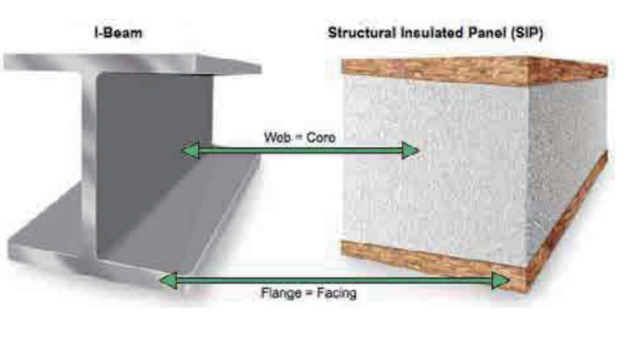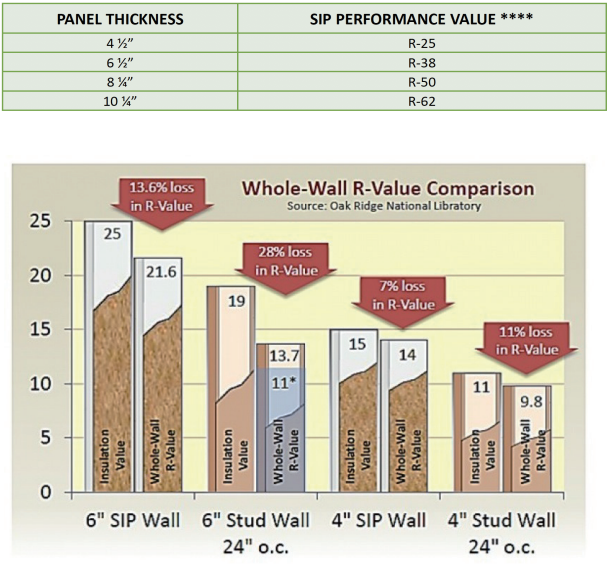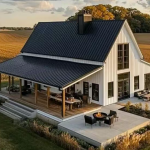Moblie: 8613816755915
Differences between Solidhome’s panelized home and traditional Wooden prefab cabins
In recent years, prefab cabins have become increasingly popular as a more convenient and cost-effective alternative to traditional cabins. Panelized homes and wooden prefab cabins are two types of prefab cabins that offer unique advantages to homeowners. In this article, we’ll take an in-depth look at the differences between Solidhome’s panelized homes and traditional wooden prefab cabins.
Material
The most significant difference between Solidhome’s panelized homes and traditional wooden prefab cabins is the choice of building materials. Solidhome’s panelized homes are made of Structural Insulated Panels (SIP), whereas traditional wooden prefab cabins are made of solid logs. SIPs are engineered wood panels consisting of a layer of foam insulation sandwiched between two layers of oriented strand board (OSB). These panels have the following advantages.
1、Rigid foam core with two layers of structural board
2、MGO panels have superior structural performance to wood framed and steel framed walls (up to 2X)
3、Share the same structural properties as L-Beams and I-Beams
4、Under extreme conditions such as earthquake and wind protection, the seismic performance of the panel is better than that of other buildings.

On the other hand, traditional wood prefab cabins are made of solid logs stacked on top of each other to form walls.
Durability
Solidhome’s panelized homes offer significant advantages in durability over traditional wooden mobile homes. panelized homes are designed and built to last for 70 years, the materials used and the way in which they are loaded are designed to serve this purpose, and can withstand even the heaviest of storms and snow loads, as well as the fact that panelized homes are designed and built to last for up to 70 years. The durability of the panelized home is guaranteed by its seismic capacity. And with their choice of steel construction materials, they are also resistant to warping, rotting, and insect infestation, making them a more durable option compared to traditional wooden prefab cabins.
Insulation
Insulation is a critical factor to consider when choosing a prefab cabin, especially for those located in colder climates. SIPs have excellent insulation properties due to the foam insulation sandwiched between two layers of OSB. Solidhome prefab wall panels provide more R values than wooden dragon bone walls or light steel walls of the same thickness. But, When the wood keel or steel structure in the structure transfers heat from the interior of the building to the outer surface, a thermal bridge will occur, but there is only a small amount of steel structure in the prefabricated plate quick assembly panel. Therefore, the generation of thermal bridge phenomenon is far lower than that of traditional structures.

Maintenance
Maintenance is quite important for a house and it will create one problem or another as you use it. Solidhome’s SIPs are low maintenance and do not require regular staining or sealing like traditional wooden prefab cabins.This makes them a more convenient and cost-effective option for homeowners who want to spend less time on maintenance and more time enjoying their cabins. On the other hand, traditional wooden prefab cabins require regular maintenance to prevent insects, rot and weather damage. Over the years, this can be both time-consuming and expensive.
Cost
One of the main reasons for the popularity of traditional wooden prefab cabins is their cost-effectiveness. However, there is a significant difference in cost between Solidhome’s panelized homes and traditional wood prefab cabins. Solidhome’s prefab cabins typically cost more upfront due to the use of quality materials and construction techniques. However, in the long run, they can save homeowners money with their energy-efficient features and low maintenance costs.
On the other hand, traditional wood prefab cabins may have a lower upfront cost, but they can be more expensive to maintain and repair in the long run. Due to the need for regular staining, painting, and potential repairs due to external factors, traditional wood prefab cabins can cost more over time.
In conclusion, both Solidhome’s panelized home and traditional wood prefab cabins offer unique advantages to homeowners. When choosing between these two options, it ultimately comes down to personal preference and priorities. However, Solidhome’s prefab cabins have proven to be a more modern, durable and energy-efficient option.

